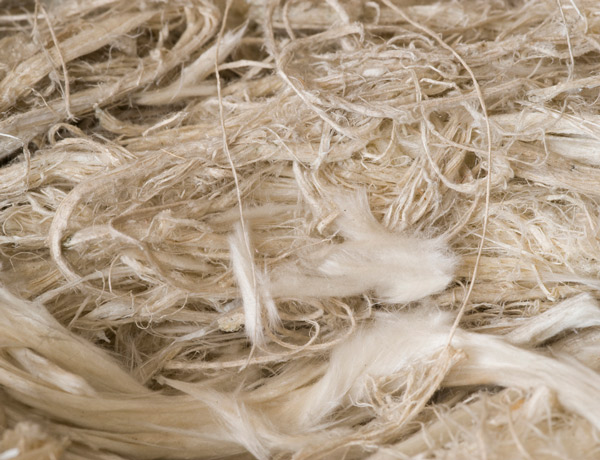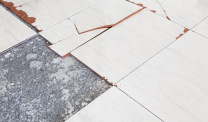U.S. Asbestos Imports Surge in August, Report Finds
Asbestos Exposure & BansWritten by Matt Mauney | Edited By Walter Pacheco

The amount of raw chrysotile asbestos imported into the United States increased significantly between July and August, according to a recent analysis from the Asbestos Disease Awareness Organization and the Environmental Working Group.
The U.S. International Trade Commission and Department of Commerce provided the two advocacy organizations the data for their report.
According to the investigation, the U.S. imported 272 metric tons (approximately 600,000 pounds) of asbestos in August — an increase of nearly 2,000 percent from the 13 metric tons in July.
EWG and ADAO on Tuesday attributed the alarming spike to the government’s recent actions regarding the import and use of asbestos, a toxic mineral linked to deadly diseases such as lung cancer and mesothelioma.
Each year, asbestos exposure kills an estimated 40,000 Americans and more than 255,000 people worldwide, according to a recent study from the International Commission on Occupational Health.
“It is appalling that unlike more than 60 nations around the world, the U.S. not only fails to ban asbestos but allows imports to increase,” ADAO co-founder and President Linda Reinstein wrote in a press release about the findings.
EPA’s SNUR Asbestos Proposal in Final Stage
The Environmental Protection Agency in July proposed its Significant New Use Rule (SNUR), which allows companies to manufacture, import and process more than a dozen asbestos-containing products no longer in use in the U.S. as long as the agency approves the uses first.
SNUR is in the Final Rule Stage, according to the Fall 2018 Office of Information and Regulatory Affairs report released last week. The period for public commenting on the proposal ended Aug. 10, 2018, and the rule is set to be finalized as of Jan. 1, 2019.
Under section 5(a)(2) of the Toxic Substances Control Act (TSCA), SNUR requires companies to notify the EPA at least 90 days before starting the manufacture or processing of asbestos-containing materials. The agency would then evaluate the intended use of the product
Critics fear the rule will lead to an influx of asbestos products, such as pipeline wrap, roofing felt and vinyl asbestos floor tile, which haven’t been sold or used in the U.S. in decades.
Currently, the only user of raw asbestos in the U.S. is the chlor-alkali industry, according to the U.S. Geological Survey. Chlorine and sodium chloride manufacturers use chrysotile asbestos to make semipermeable diaphragms.
Lobbyists with the American Chemistry Council, which works closely with the chlor-alkali industry, are asking the government for an exemption from the revamped TSCA.
Processed asbestos is still used in a variety of U.S. products including brake pads, automobile clutches and certain roofing materials.
“The science is irrefutable, there is no safe level of asbestos exposure or controlled use,” Reinstein said. “Clearly, the chlor-alkali industry is lobbying for another exemption.”
U.S. Asbestos Imports Come from Brazil, Russia
Data from the International Trade Commission shows the U.S. imported 341 metric tons of raw asbestos in 2017. All of it came from Brazil, one of the world’s largest producers of the mineral.
The U.S. is on pace to double the amount of asbestos imports in 2018, already spending $1 million to import 555 metric tons from Brazil and Russia.
All of the 272 metric tons imported in August came from Brazil. But officials with ADAO and EWG believe the role of main asbestos exporter to the U.S. will soon shift to Russia, which produced 690,000 metric tons of asbestos in 2017.
In November 2017, Brazil pledged to join more than 60 other countries in banning asbestos. The comprehensive ban is set to take effect soon, leaving Russia, Kazakhstan and China as the world’s largest asbestos producers.
Russia leads worldwide mine production and is estimated to have more than 110 million tons of asbestos reserves. The last asbestos mine in the U.S. closed in 2002.






